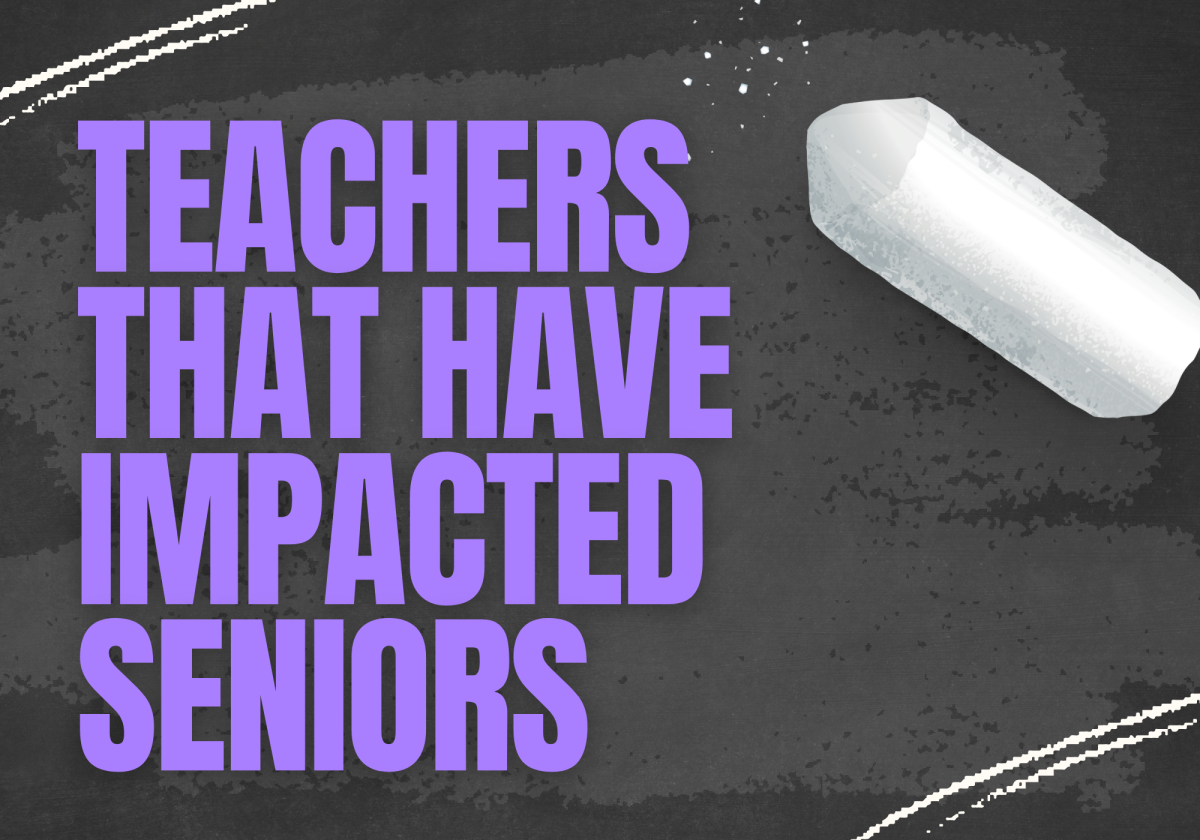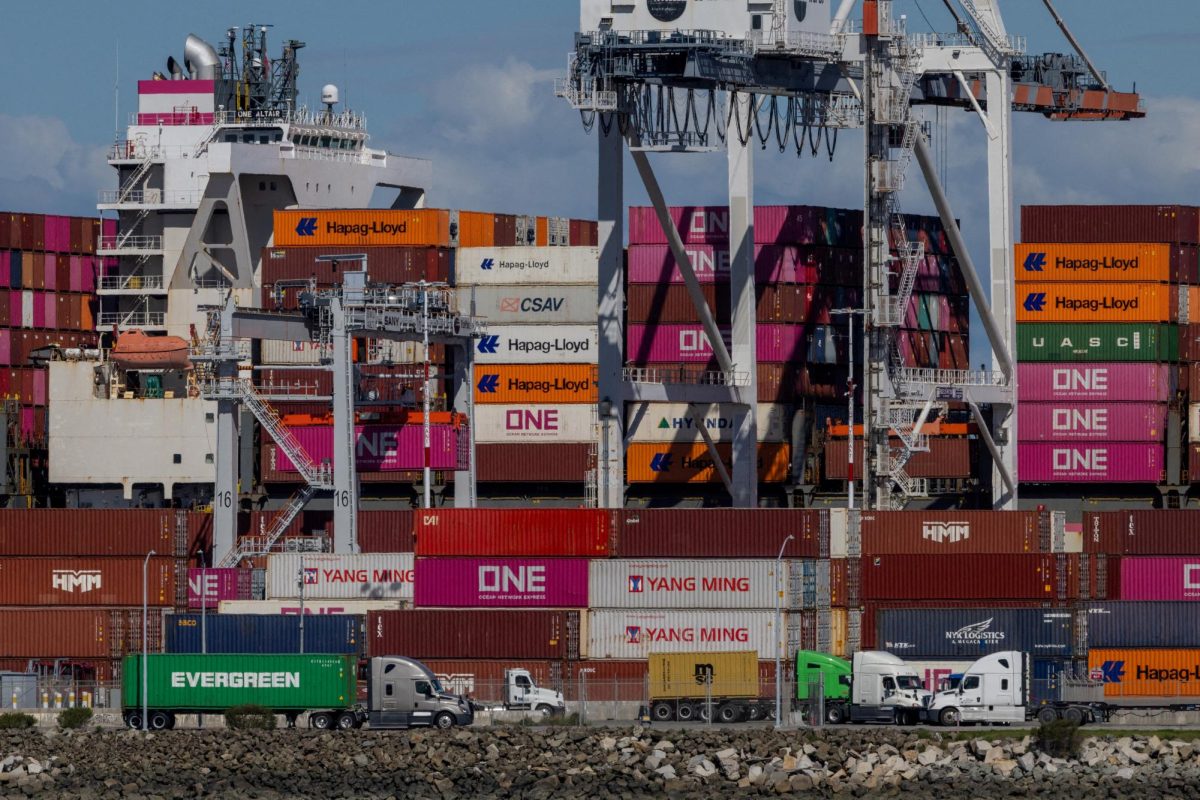The invention of plastic completely revolutionized manufacturing. In 1907, Belgian chemist and entrepreneur Leo Baekeland invented plastic. Baekeland created the world’s first plastic with Bakelite by combining formaldehyde and phenol.
Plastic didn’t find widespread use until the Second World War when manufacturers started using it as a solution to expensive manufacturing. Mass-produced packaged products were sanitary, cheap, and versatile. Since then, we have seen plastic used in almost every everyday product. From water bottles, and bags for potato chips, computers, fans, chairs, pens, pencils, markers, and even more, plastic is used in just about everything.
As a result of the widespread use of plastic, 0.5% of all plastic waste ends up in our world’s oceans. As of 2015, there were 5.25 trillion pieces of plastic (over 250,000 tons) in the water, and according to the United Nations, approximately 50 trillion pieces of microplastics. Due to the amount of plastic in our oceans, scientists have also begun to find microplastics in 75% of the fish we consume, with microplastics being particularly high in shellfish like mussels, clams, oysters, and shrimp.
This was fine, so it was thought for years, until a study was published out of South Korea in April 2023, showing the vital dangers these plastic products can actually pose towards all of our health.
Microplastics are pollutants that exist in high amounts in densely polluted areas in places like oceans and remote islands, but human beings come into contact with them in other ways. Every time you eat something or drink out of a water bottle, you are consuming microplastics, and probably a lot more than you think.
According to a study conducted by the University of New Castle commissioned by the World Wildlife Fund, it was found that people, on average are consuming about 2,000 particles of microplastic, roughly the equivalent of a credit card, every single week.
This is an exorbitant amount of microplastics, which can potentially cause an exorbitant amount of damage to the human body. According to a study published by the Chinese Academy of Sciences in Beijing, microplastic consumption can cause oxidative damage, DNA damage, neurotoxicity, and organ dysfunction, among an array of other critical risks.
In an article published on the University of California, San Francisco’s newswire, microplastic researcher Laura López González wrote about some of the methods she recommends to cut down the consumption of microplastics.
“I have a glass water bottle to avoid buying plastic water bottles. Steel water bottles are also a good choice,” González said in the article.
González’s methods show that it doesn’t take major life changes to make the potentially life-saving shift of being more conscious about what Americans put in their body.
Even though preventative measures can be taken against microplastics, they don’t alleviate their dangers. A vast majority of Americans are still unknowingly ingesting potentially harmful levels of plastics.
“I know of them, and I know they’re dangerous, but I don’t really have any clarifications on what I should do to avoid them,” senior Xitlaly Gutierrez said.
“[Since] it can cause so many adverse effects on people and no benefit, I think it should become a more pressing issue for people,” Gutierrez said.
Gutierrez is an example of how it feels once it’s understood that people are ingesting plastic. It’s a brutal truth that the things we do every day that seem seemingly harmless are actually hurting us.
“I was first super concerned, but I have now kind of accepted it for what it is because no one is doing anything about it,” Gutierrez said.
While it may feel like nothing is being done, slowly influential world organizations, like the United Nations, are starting to implement methods to reduce plastic consumption contamination and minimize the harm plastic has on the human population. Slow progress is still progress.
“The first step [to reducing microplastics] I would say is education. Just knowing that things like the nylon fibers from our clothes, yellow microfiber cloths, it’s in the things we use,” A.P. Environmental Science teacher Ms. Berenice Sealy said.
According to Sealy, one way people can help find a solution is by making their voices heard.
“The biggest thing we can do, though, is voting. We want capitalism to solve our problems but unfortunately, that won’t work. Like with air pollution, there was no change to pollution rates until we had a policy on it; pollution was way worse when I was a kid. Anytime my kids want to know how they can make a difference or what they can do, I tell them to vote,” Sealy said.
Overall, people concerned about microplastics can take steps to prevent harm from happening to them, including education changing the products they use and the things they do. The problem of the overall consumption of microplastics can be curbed through legislation and policy preventing the use of plastics.








